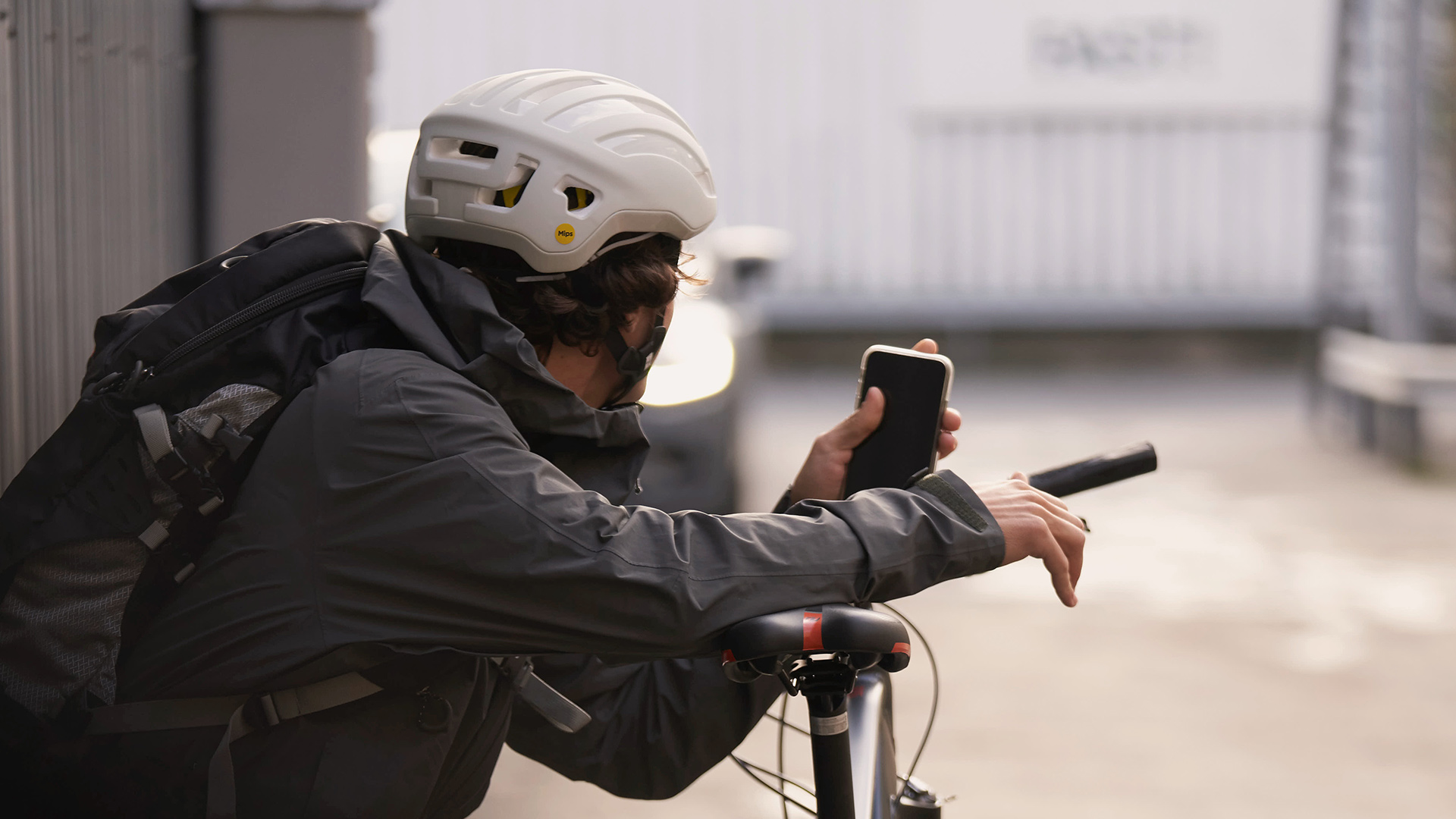N234
Well-known member
While most of this forum live in Canada, many here prefer helmets with more than three mandatory DOT certification.
For those who are interested:
 www.visordown.com
www.visordown.com
Sent from my SM-G930W8 using Tapatalk
For those who are interested:
Everything you need to know about the new motorcycle helmet regulation
We take a look at the incoming motorcycle helmet safety regulations and how they could affect you and the products you buy
Sent from my SM-G930W8 using Tapatalk




















